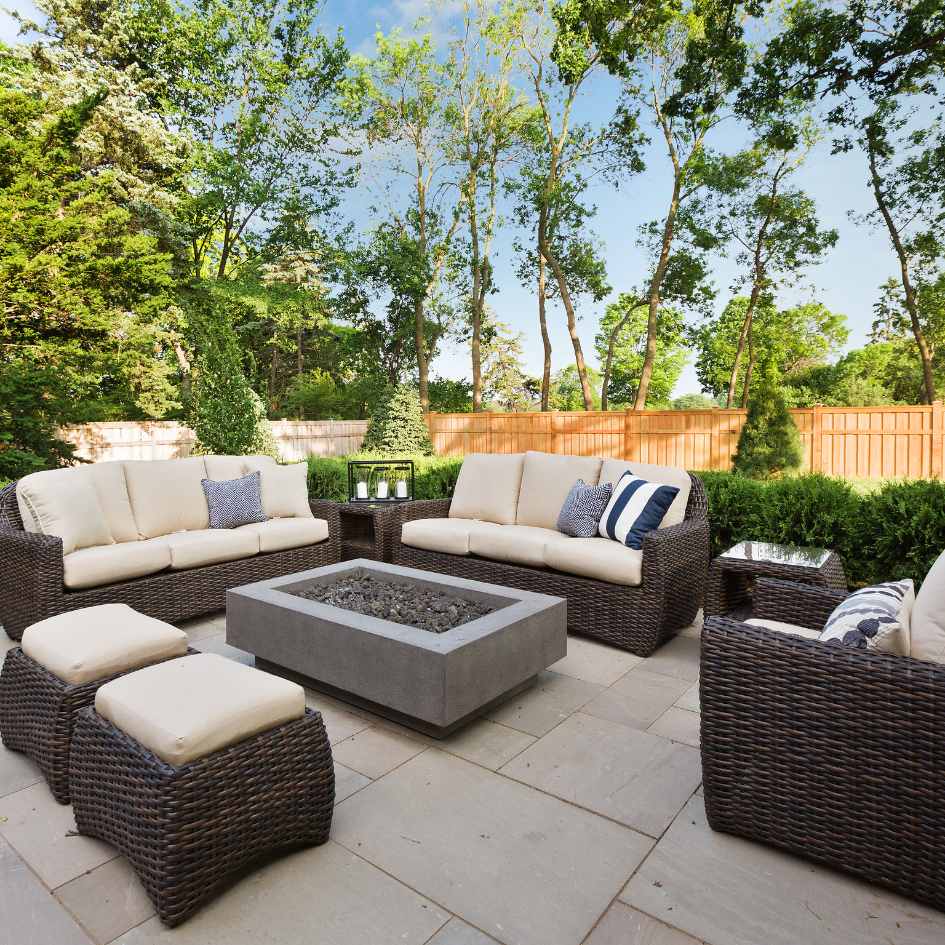The exterior of your home is its first impression, and choosing the right siding material can significantly impact its overall aesthetic and functionality. Siding serves as a protective barrier against the elements and contributes to the energy efficiency and value of your property. With a plethora of siding options available, it can be challenging to make the right choice. In this article, we will explore the top 5 siding materials, their pros and cons, and the factors to consider when selecting the best option for your home.
-
Vinyl Siding
Vinyl siding is one of the most popular choices for homeowners due to its affordability, versatility, and low maintenance requirements. It is available in various colors and styles, making it easy to match any architectural design. Vinyl siding is highly resistant to rot, pests, and moisture, making it a durable choice for most climates. However, extreme temperatures can cause it to warp or crack. While vinyl siding is easy to clean, it may fade over time, requiring replacement if you want to maintain a fresh appearance.
-
Wood Siding
Wood siding, often chosen for its natural and timeless beauty, offers a warm and rustic look to homes. Cedar, pine, and redwood are commonly used for wood siding, with cedar being a popular choice due to its natural resistance to decay and insects. Wood siding can be painted or stained in various colors and finishes, allowing for customization. However, wood siding is more susceptible to rot and requires regular maintenance, such as staining or painting. It can also be expensive to install.
-
Fiber Cement Siding
Fiber cement siding is a composite material made from a mixture of cement, sand, and cellulose fibers. It is known for its durability, low maintenance, and resistance to fire, rot, and pests. Fiber cement siding comes in various styles, including those that mimic the appearance of wood, stucco, or brick. The only significant drawback is its weight, which may require additional structural support during installation. It can also be more expensive than vinyl siding but often pays off in the long run due to its durability.
-
Metal Siding
Metal siding, typically made from aluminum or steel, is a popular choice for commercial buildings and modern residential homes. It is incredibly durable and can withstand harsh weather conditions. Metal siding is resistant to fire, rot, and pests, and it requires minimal maintenance. It is available in various colors and finishes, and some metal sidings are energy-efficient due to their reflective properties. However, metal siding can be noisy during heavy rain or hailstorms, and it may dent or scratch easily, affecting its appearance.
-
Brick Siding
Brick siding offers a classic and timeless look to homes, and it is known for its strength and durability. Brick siding can last for many decades and is highly resistant to fire, pests, and rot. It provides excellent insulation, helping to regulate indoor temperatures, and it requires very little maintenance. However, brick siding is one of the more expensive options, both in terms of material and installation costs. It also limits your color and design choices, as the appearance is primarily determined by the type of bricks used.
Factors to Consider When Choosing Siding Materials
When selecting the best siding material for your home, consider the following factors:
- Climate: Choose a siding material that can withstand your local climate, whether it’s hot and dry or cold and wet.
- Budget: Determine your budget and consider not only the initial cost but also long-term maintenance and replacement expenses.
- Aesthetics: Think about the visual appeal and style that you want for your home. The siding material should complement your home’s architecture.
- Maintenance: Consider the level of maintenance you’re willing to commit to, as some materials require more care than others.
- Energy Efficiency: Investigate the insulation properties of the siding material to help lower energy bills.
Selecting the right siding materials for your home is a crucial decision that should take into account both aesthetic preferences and practical considerations. Each siding material has its pros and cons, and the choice should align with your climate, budget, and maintenance preferences. Whether you opt for the affordability of vinyl, the classic charm of wood, the durability of fiber cement, the modern appeal of metal, or the timeless elegance of brick, make sure to choose the material that best suits your needs and enhances the beauty and value of your home.

